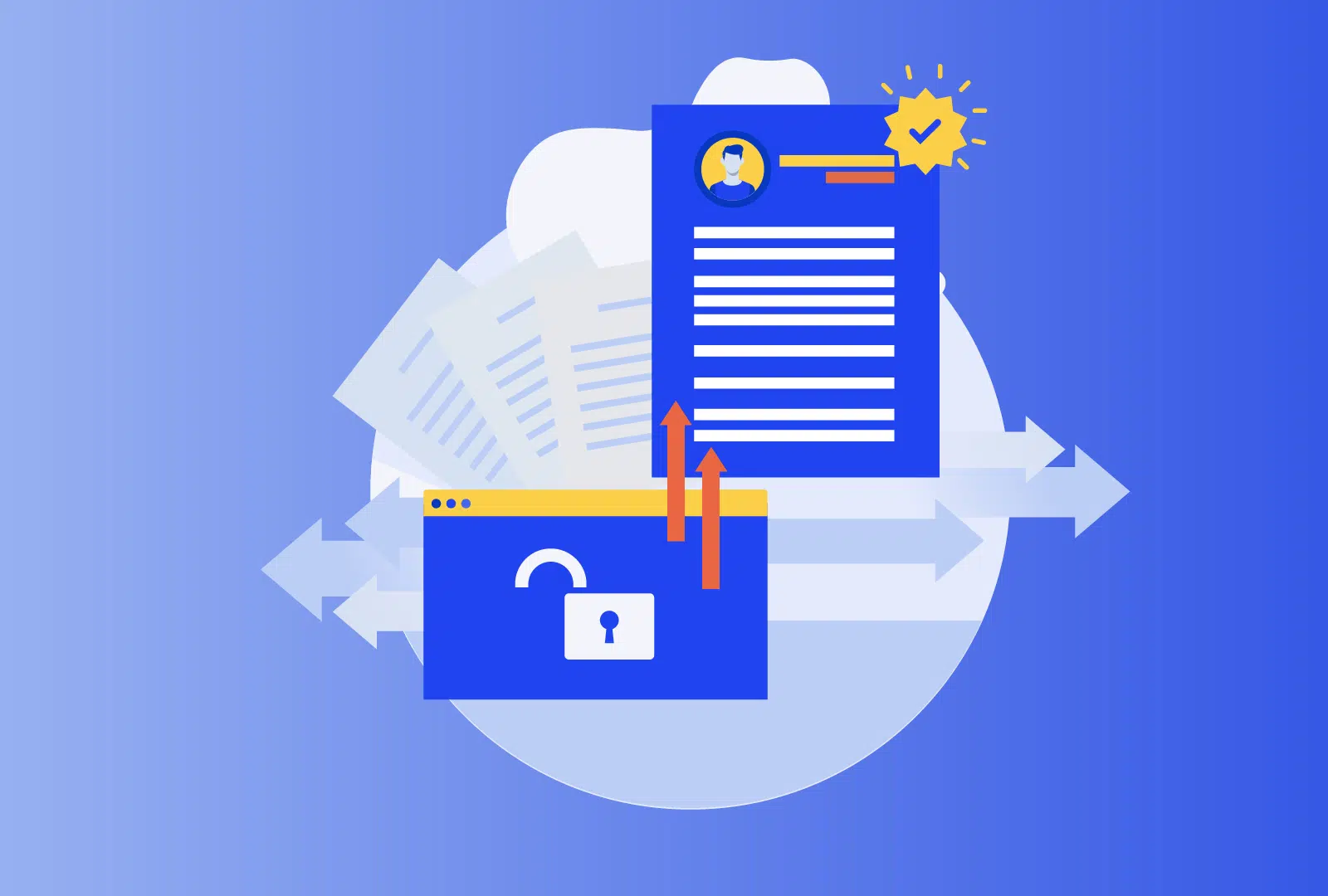In this data-driven world, “DSAR ” may not immediately ring a bell for many. However, understanding what it entails is crucial for businesses, organizations, and individuals seeking to exercise their data rights. A Data Subject Access Request, or DSAR Request, is essential to data protection and privacy. This article will delve into the world of these requests, breaking down their significance, process, challenges, and benefits. By the end, you’ll comprehensively understand this vital topic.
What Are DSAR Requests?
A DSAR Request, short for Data Subject Access Request, is a mechanism that allows individuals to obtain insight into the personal data that organizations hold about them. It empowers individuals to access, review, rectify, or delete the personal information companies collect and process. It’s a fundamental component of data protection laws such as the General Data Protection Regulation (GDPR) in Europe and similar regulations worldwide.
Understanding the Significance
These requests are pivotal in ensuring transparency and accountability in data processing. They grant individuals greater control over personal information, fostering trust between consumers and organizations. By gaining insight into the types of data collected and its utilization, individuals can consciously navigate and make informed decisions about their privacy.
Navigating the DSAR Process
Obtaining your data through a Request may seem daunting, but it follows a structured process. To make things simpler, let’s break it down step by step:
1. Request Initiation
Start by making a formal request to the organization holding your data. This can be done through an online form or by sending an email to their designated contact. Initiating the request is the crucial first step, signaling your intent to access your data.
2. Verification
The organization must verify your identity to prevent unauthorized access to sensitive data. This verification process ensures that the data is only accessible to the rightful owner, enhancing security.
3. Data Retrieval
Once your identity is confirmed, the organization will retrieve the requested data. This step involves searching their databases, archives, and records to compile the information you seek.
4. Review and Clarification
You can review the data and seek clarification on any aspects if needed. This review phase ensures that you understand the information provided, allowing you to address any discrepancies or uncertainties.
5. Response
The organization must provide you with the requested information within a reasonable timeframe, typically within 30 days. Data protection regulations mandate this response timeframe to ensure a timely resolution for individuals seeking their data.
6. Resolution
If you identify inaccuracies or have concerns, you can work with the organization to rectify the data or address any issues. This collaborative approach ensures that your data is accurate and reflects your preferences.
Challenges in DSAR Requests
While these requests are essential for data privacy, they are not without challenges. These challenges include:
Complexity
Understanding data privacy laws and rights can be complex, making it challenging for individuals to navigate the process effectively. Legal jargon and technicalities can be intimidating.
Response Times
Some organizations may struggle to meet the stipulated response times due to the volume of requests they receive. High demand for DSAR Requests can lead to delays in processing.
Data Security
Ensuring the security of personal data during the request process is crucial to prevent breaches. Organizations must implement robust security measures to safeguard sensitive information throughout the DSAR process.
Benefits of DSAR Requests
Despite the challenges, DSAR Requests offer numerous benefits:
Empowerment
Individuals gain more control over their data, promoting a sense of empowerment. This control allows people to make informed choices about how their data is used and shared.
Transparency
Organizations become more transparent about their data practices, building trust with customers. Transparency fosters a positive relationship between individuals and the entities that process their data.
Data Accuracy
DSAR Requests enable individuals to correct inaccurate data, leading to more accurate records. This accuracy ensures that decisions based on personal data are reliable and fair.
Privacy Protection
They enhance privacy protection, aligning with the principles of data protection regulations. DSAR Requests contribute to the overall goal of safeguarding individuals’ privacy in an increasingly data-centric world.
Conclusion
In conclusion, DSAR Requests, or Data Subject Access Requests, are a cornerstone of data protection and privacy rights. They empower individuals to take control of their data, promoting organizational transparency and accountability. Understanding the DSAR process and its significance is essential in this data-driven age. So, whether you’re a high school student or a business professional, knowing about DSAR Requests is crucial in safeguarding personal privacy and data rights in today’s digital landscape. In a world where data takes center stage in our daily lives, staying informed about these requests is a proactive measure to guarantee that your data is treated with the utmost care and respect for your privacy.
Lucas Noah, armed with a Bachelor’s degree in Information & Technology, stands as a prominent figure in the realm of tech journalism. Currently holding the position of Senior Admin, Lucas contributes his expertise to two esteemed companies: OceanaExpress LLC and CreativeOutrank LLC. His... Read more
